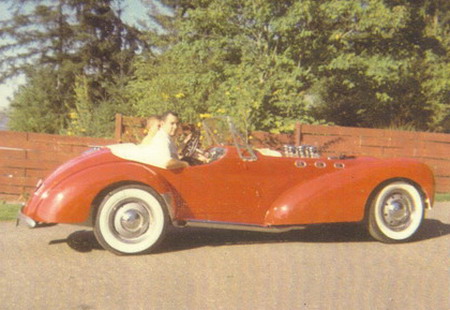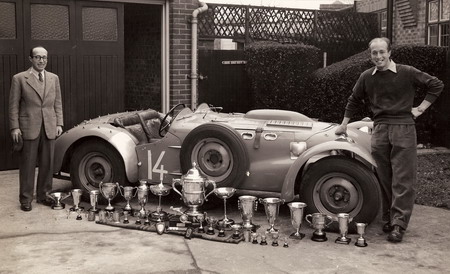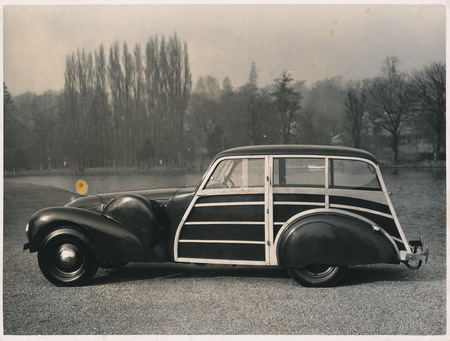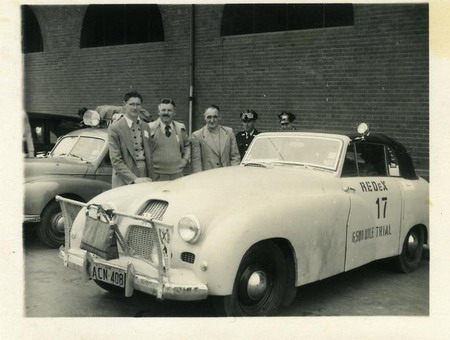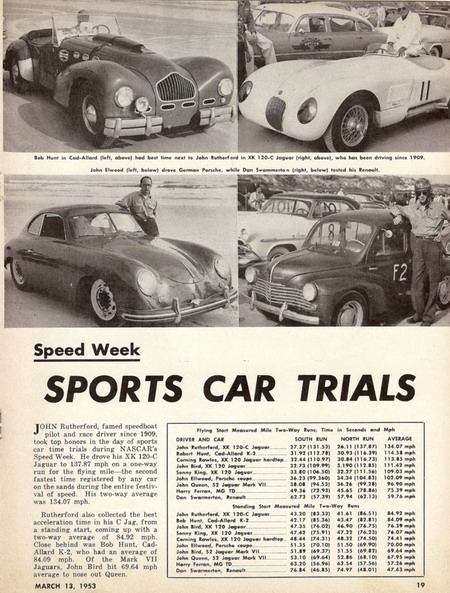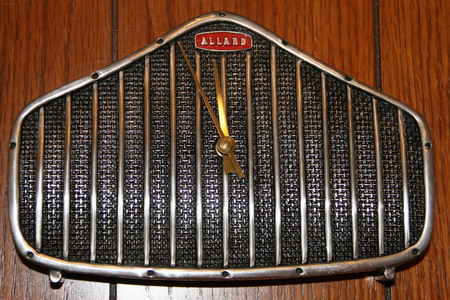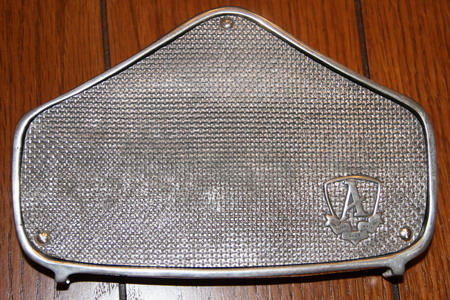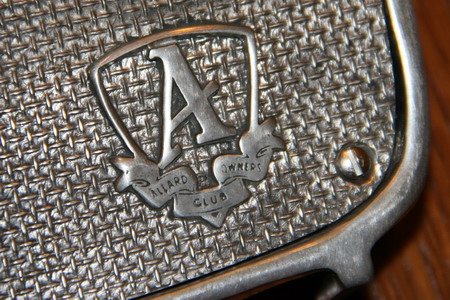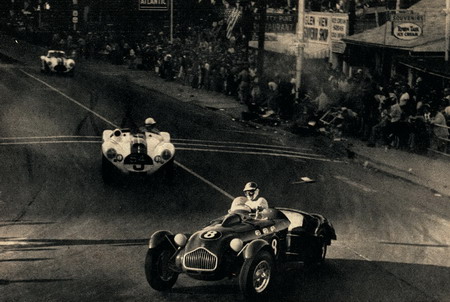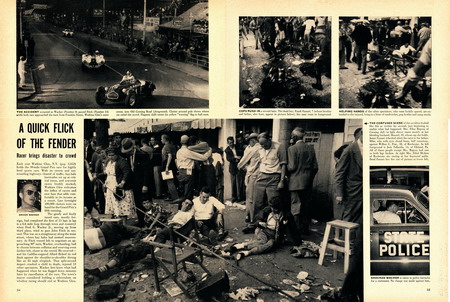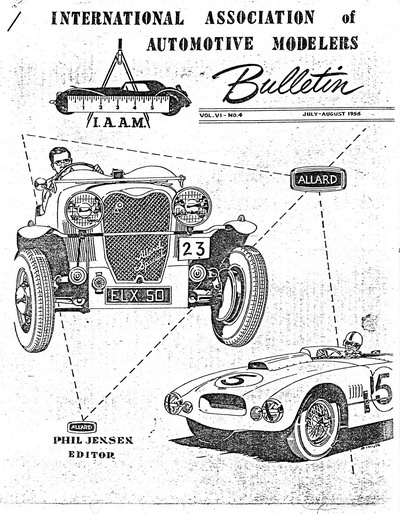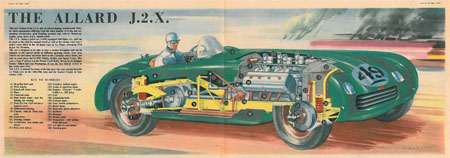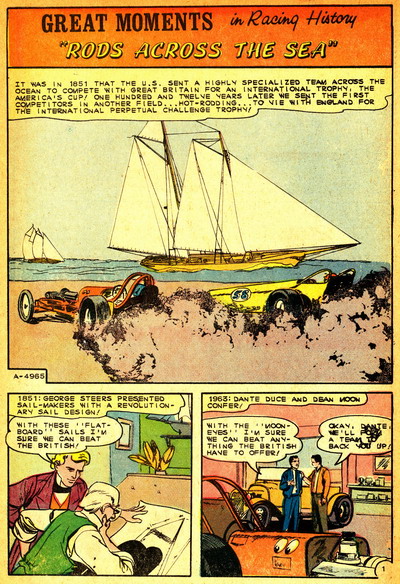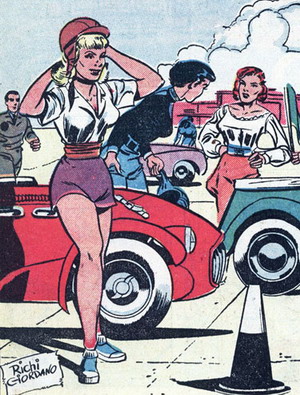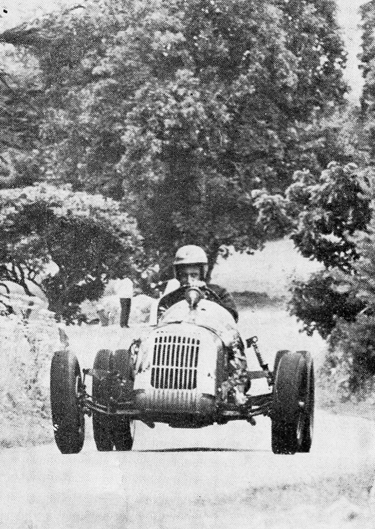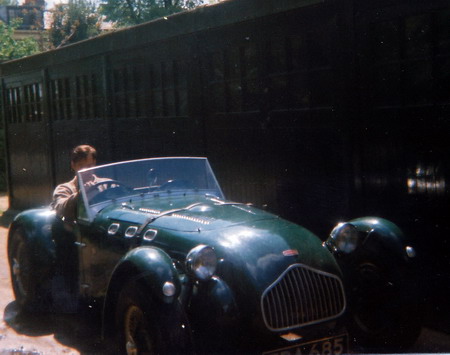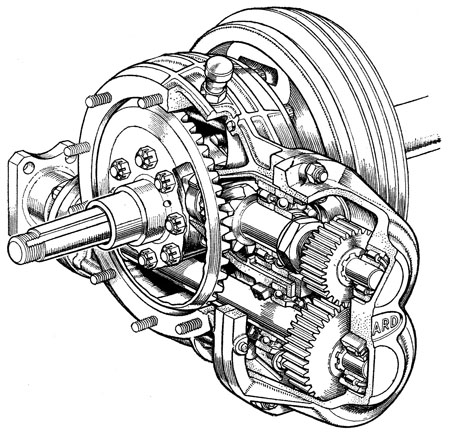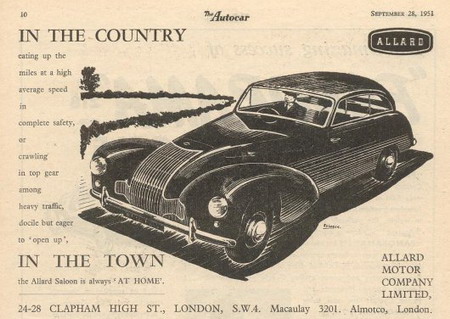By Richard Saunders – with Chuck Warnes and Otto Meijer
Back in 1959 I drove my J2 Allard (No. 2156) over 1300 miles from San Diego CA to Bremerton WA. I underwent some major surgery at that time, and after an extended recovery I was finally able to drive the J2 again.
The young guy delivering newspapers on local roads (herding a used-up Model A Ford) noticed my J2 Allard. He soon found an opportunity to pay me a visit. ‘Skip’ Torbitt was seventeen, small in stature, and appeared a lot younger. We talked a lot about cars, and I gave him a ride in my J2. During a subsequent visit Skip announced that if I knew of any Allard for sale, to please let him know – as he decided he had to have an Allard. (I’ll never know how he convinced his parents).
Fate stepped into this scene. A few weeks went by, and we saw an ad for an Allard in the Seattle newspaper. Skip arranged to see the car, and I was recruited as the Allard expert to accompany him on the ferry over to Seattle. We then commenced our hunt for the address through the West End streets. Then, as we entered one street a bright red K2 Allard caught my eye.
